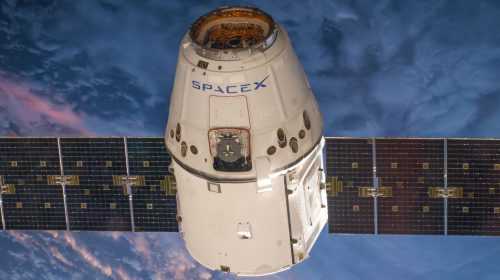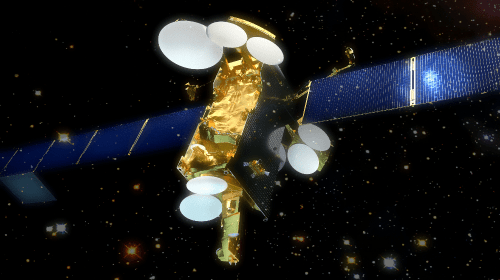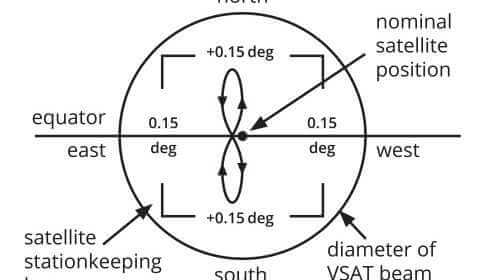Nov 06, 2017
When NASA communicates with its spacecraft in deep space, they use radio signals, which are somewhat limited in capacity. A new spacecraft is to be launched in 2022 as part of NASA’s Discovery Program, which supports a series of lower cost, specifically focused missions to explore the solar system. This spacecraft will be going to 16 Psyche, an asteroid composed of metal, which is about three times as far away from the sun than is the Earth. On board this spacecraft will be a new communications system the Deep Space Optical Communications (DSOC) system.
DSOC is going to utilize photons – the particles that make light – to communicate with Earth, instead of using traditional RF or radio frequency signals. This package is expected to increase communications throughput and efficiency by as much as 10 to 100 times versus conventional RF – and all without impacting the mission in terms of mass, volume and power. It is hoped that the advantages provided by laser communications will revolutionize future space projects.
The primary purpose of exploratory satellites is to send data back to Earth. While the satellite will be controlled from earth with a low bandwidth circuit that runs up to 1.6 Kbps, the downlink back to Earth from the satellite exploring the asteroid will run as fast as 264 Mbps, providing a significant boost in bandwidth and the amount of information that can be sent back to Earth. The difference between the old communication and new communication scheme is like that of a dial-up 56 Kbps modem for those who remember them, and the high speed broadband we have available today.
About 60 days after the craft is launched, the DSOC system will begin testing. Tests of the laser equipment will connect the Earth to the satellite at distances of .1 to 2.5 astronomical units (AU). An AU is the distance from the Earth to the Sun, a distance of about 150 million kilometers (93,000 miles).
The basic architecture consists of two parts. A laser beacon is transmitted from Earth to the DSOC package on board the satellite in order to assist with line of sight (LoS) stabilization – in other words, to help the satellite point a laser beam back to Earth. DSOC Project Technologist in Flight Communications Systems at NASA’s Jet Propulsion Laboratory (JPL) in Pasadena, California, where the work on the laser package is being performed, says “Think of the DSOC flight laser transceiver onboard Psyche as a telescope able to receive and transmit laser light in precisely timed photon bursts.” The laser on board the Psyche spacecraft uses a master-oscillator power amplifier based on optical fibers.
Aside from the mind-blowing geek factor of communicating across vast distances of space using lasers, the real benefits are in the amount of data that can be transmitted and received. The technology is expected to begin with robotic missions, but may eventually provide communications with humans in deep space. Setting up a telecommunications infrastructure around Mars, is one potential application to permit humans to communicate back to Earth over lasers. Being able to stream high-definition images, will vastly improve the amount of information we can learn about Mars and other bodies in space.
This project, based on NASA’s Space Technology Mission Directorate (STMD) is intended to be a game changer. As with many new technologies, it remains to be seen what other benefits and capabilities laser based communications deliver in the future, but we know beyond question, based on history, that improved communications enables forward progress.





